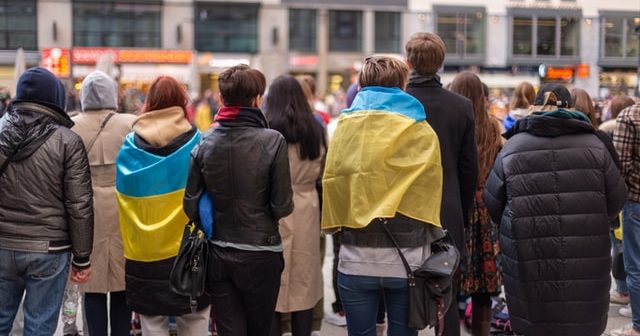The image of the Indian diaspora is often one of skilled professionals, thriving entrepreneurs, and vibrant communities enriching various nations. However, beneath this success story lies a lesser-known reality: a growing number of Indian citizens choosing the precarious path of illegal migration. While the exact figures remain elusive, reports suggest a rise in undocumented Indian migrants across continents, prompting introspection and concern. Understanding the motivations behind this phenomenon, and the dangers individuals face on this journey, requires delving deeper into the complex tapestry of economic aspirations, social pressures, and systemic obstacles.
Push Factors: Seeking a Better Life Beyond Borders
India’s economic growth story is undeniable, yet stark inequalities persist. Millions remain trapped in poverty, burdened by limited job opportunities, particularly in rural areas. According to the World Bank, 21.2% of Indians lived below the national poverty line in 2019. For marginalized communities facing entrenched discrimination, legal pathways to upward mobility can seem impossibly narrow.
Adding to the struggle is the allure of developed nations’ narratives of prosperity and social safety nets. Media portrayals and personal testimonies paint a picture of abundance and opportunity, fueling aspirations for a better life. This “grass is greener” syndrome fuels the desire to migrate, even if it involves circumventing legal routes.
The Lure of Irregularity: Bypassing Legal Hurdles
Navigating legal immigration channels can be cumbersome and expensive. Visa application fees, documentation requirements, and lengthy processing times discourage some. Additionally, stringent requirements based on skills, education, or financial stability can act as barriers for many. In contrast, the allure of illegal migration lies in its perceived affordability and immediacy. Smuggler networks, although exploitative, offer a seemingly faster and cheaper alternative, despite inherent risks.
Not a Monolithic Trend: Nuances of Regional Disparities
While national data paints a general picture, regional disparities add crucial context. Punjab, for instance, grapples with unemployment and stagnant agricultural income, pushing young men to seek foreign opportunities, often through irregular means. Similarly, states with religious or ethnic minorities experiencing persecution might witness higher emigration rates, with some resorting to illegal channels if formal avenues are unavailable.
The Perilous Journey: From Exploitation to Uncertainty
The path of illegal migration is fraught with danger and exploitation. Smugglers often charge exorbitant fees, offering perilous journeys via land, sea, or air. Individuals become vulnerable to human trafficking, violence, and extortion. Many endure harsh conditions in detention centers, facing deportation and the psychological trauma of uprooting and uncertainty.
Destination Dilemmas: Challenges upon Arrival
For those who reach their destination, life as an undocumented migrant remains precarious. Employment options are limited to the informal sector, with low wages and no social security benefits. The constant fear of detection and deportation hangs heavy, restricting access to healthcare, education, and other essential services. The psychological toll of living in the shadows can be immense.
A Multifaceted Approach: Tackling the Root Causes and Risks
Addressing this complex issue requires a multi-pronged approach. On the home front, fostering inclusive economic growth, improving access to education and skills training, and addressing social inequalities can equip individuals with legal avenues for advancement. Streamlining legal migration processes and offering skills-based pathways can provide safe and dignified alternatives.
Destination countries, meanwhile, can cooperate with India to establish clear and efficient legal migration channels, while strengthening border security measures to combat human trafficking and exploitation. Collaborative efforts to address the root causes of illegal migration, including poverty and discrimination, are crucial for long-term solutions.
Beyond Stereotypes, a Human Narrative
Illegal migration from India is a multifaceted issue far removed from simplistic stereotypes. It’s a story driven by complex aspirations, systemic challenges, and desperate journeys through perilous pathways. Recognizing the push and pull factors, the human costs involved, and the need for collaborative solutions is crucial to navigate this sensitive issue with empathy and effectiveness. Only then can we ensure safe and dignified opportunities for all, fostering positive migration narratives that benefit both individuals and their host countries.






